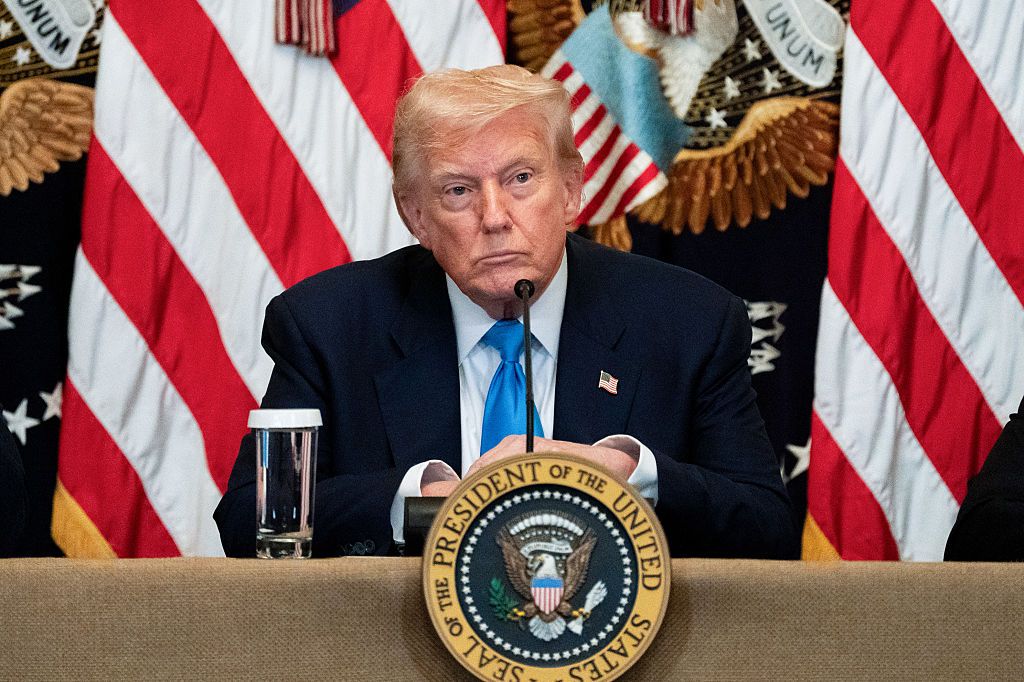We were probably wrong about tariffs. Yes, of course, they were always a bad idea and still are. Anything that interferes with our ability to freely trade with each other will make us poorer, with less choice and lower quality goods and services. After the Trump administration’s “reciprocal” tariff bomb blew up in its face, in April, we thought tariffs would quietly go away, like a man who just made a fool of himself at a party. That’s about what happened with Canada during Donald’s first term. His team squawked about “unfair” trade with Canada and tore up the North American Free Trade Agreement (Nafta). Then, after protracted negotiations, it ended up with something very close to Nafta, and trade went on much as before.
We thought the negotiations with other countries would go the same way. But no. Even before the 1 August hikes, tariffs are at a 70-year high. And going higher. The details change by the day, but it’s clear who will pay: American companies and consumers. Yale University researchers project that Trump’s tariff strategy will raise costs for US families by $2,400 this year.
Tariffs can be used in a variety of vain and foolish ways – to promote foreign-policy goals, to influence other countries’ internal politics, to raise drug cartels’ profits, to pay off big political donors, and generally to make a mess of the economy. They can also be used to enrich those who impose them. An investigation by ProPublica has revealed that federal officials across multiple agencies sold stocks before Trump’s tariff announcements caused major market declines.
Subscribe to MoneyWeek
Subscribe to MoneyWeek today and get your first six magazine issues absolutely FREE
Get 6 issues free
Sign up to Money Morning
Don’t miss the latest investment and personal finances news, market analysis, plus money-saving tips with our free twice-daily newsletter
Don’t miss the latest investment and personal finances news, market analysis, plus money-saving tips with our free twice-daily newsletter
Long-term impact of Trump’s tariffs
Tariffs are a tax and taxes are supposed to be “fair”, which is to say, you’re not supposed to tax a Republican more than a Democrat or a plumber more than a carpenter. True, tax loopholes and credits have been used for decades to reward friends, punish enemies and drive the money where the feds want it to go. Want people to buy electric cars? Give them a tax subsidy. Want them to stop smoking? Impose a tax on cigarettes. But at least Congress – the people’s parliament – has a say in who is taxed and how. Not so with tariffs. The president can tariff individual countries and give different rates to different nations. He can also target individual industries, regions and, like the bills of attainder that the US constitution tried to avoid, he can single out specific products and individual companies.
Washington has, for example, just imposed a 17% tariff on US imports of tomatoes, almost all of which come from Mexico. As Bloomberg notes, the move comes just days after Trump unveiled plans to impose a 30% tariff, beginning 1 August, on many Mexican products that don’t fall under the USMCA trade agreement he negotiated in his first term.
Neither Democrats nor Republicans will want to give up this kind of arbitrary power. So, tariffs may become a more-or-less permanent part of the US’s end-of-empire finances – a sneaky consumption tax, which gives the feds more money to spend, more opportunities for corruption, and another cudgel with which to beat anyone who stands in their way. Whatever fiscal benefit the feds get from higher tariff taxes – $300 billion is expected this year – is likely to be offset by lower GDP growth and lower tax receipts elsewhere. And over time, shackled with tariffs, the US economy will become less and less competitive.
For more from Bill, see bonnerprivateresearch.com
This article was first published in MoneyWeek’s magazine. Enjoy exclusive early access to news, opinion and analysis from our team of financial experts with a MoneyWeek subscription.

